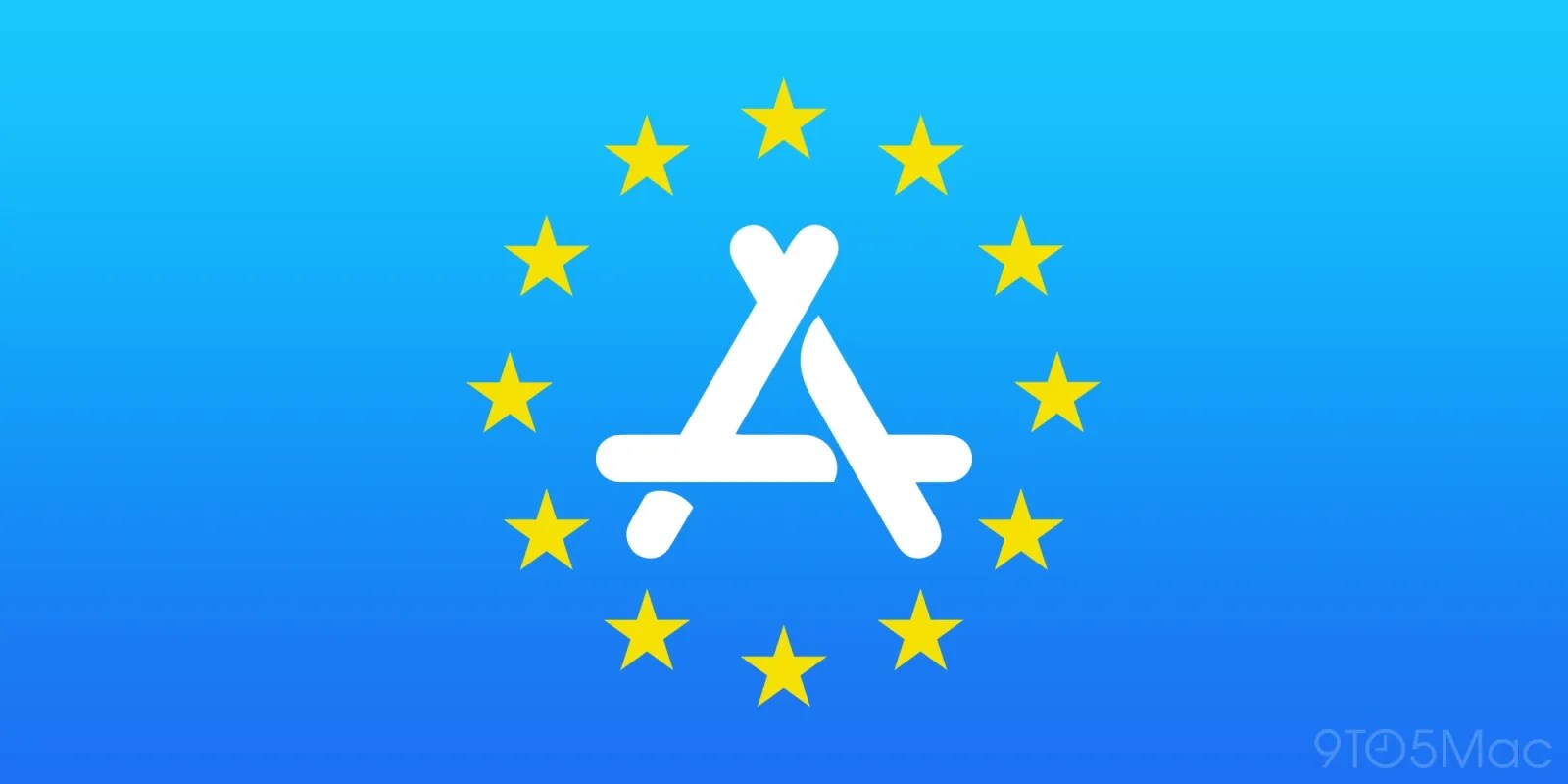Reading view
AI-Powered Shark Robot Vacuum Is 50% Off, Amazon Holds Final Clearance for Prime Day

Shark nailed it with this popular model, now super affordable for Prime Day.
On Mexico’s Caribbean Coast, There’s Lobster for the Tourists and Microplastics for Everyone Else

Windows 11 has finally overtaken Windows 10 as the most used desktop OS

Microsoft has finally crossed an important milestone for Windows 11, months ahead of Windows 10’s end of support cutoff date. Stat Counter, spotted by Windows Central, now lists Windows 11 as the most used desktop operating system nearly four years after its release, with 52 percent of the market, compared to 44.59 percent for Windows 10.
Windows 11 became the most popular OS for PC gaming in September, but overall adoption had still been lagging behind Windows 10 until now. Leaked data in October 2023 also revealed Windows 11 was used by more than 400 million devices at the time, a slower adoption pace than Windows 10 — which took just a year to reach 400 million devices compared to Windows 11’s two year period.
Part of the slow adoption is down to Windows 11’s hardware requirements. While Microsoft offered a free upgrade to Windows 10 users, millions of machines have been left behind due to stricter CPU and security requirements. Microsoft has been trying to convince the owners of these machines to upgrade their hardware in order to get Windows 11, sometimes with a full-screen prompt.
Windows 10 is due to reach end of support on October 14th, and Microsoft recently revealed it would give away a free year of extra security updates to consumers if they were willing to enable Windows Backup and sync their Documents folder to OneDrive. If you don’t want to do this, you’ll have to pay $30 for a year of updates, or redeem 1,000 Microsoft Reward points.
If You’re a Prime Member, the Fire TV Stick Range Is 50% Off on Amazon

Amazon is hitting all-time low prices on Fire TV Sticks for Prime Day.
Ring Alarm Kits Are 40% Off for Prime Members, No Matter Which Size Kit You Choose

Ring kits make it easy and affordable to get real home security at a price that makes sense.
Lost for 300 Years, Pirate-Plundered Treasure Ship Discovered off Madagascar Coast

The vessel, seized by infamous pirates en route to Lisbon from Goa, was carrying an “eye-watering” amount of treasure, archeologists say.
Thanks to Zillow, Your Friends Know How Much Your House Costs—or if You’re Secretly Rich

Amazon’s Prime Day Is Growing as Tariff Jitters Rise
E.l.f Cosmetics Builds Sports Marketing Game Plan Toward Bigger Goals
The Winners and Losers From the Amazon-Roku Deal
Autodesk Hires Bryant Brennan as VP of Brand and Creative
F1: The Movie Stays True to Its Brand Story
Specs leak for three Samsung foldables ahead of Wednesday’s Unpacked

With two days until the official launch, more details have leaked about the trio of foldable phones Samsung is about to reveal. The latest leak details the screens, storage, batteries, and other core specs of the Galaxy Z Fold 7, Z Flip 7, and new Z Flip 7 FE.
The new information comes from WinFuture’s Roland Quandt, who claims to have obtained official Samsung promotional materials for the new phones, which will be officially revealed at a Galaxy Unpacked event this Wednesday, July 9th.
The Fold 7 is expected to be substantially thinner than its predecessors, and Quandt quotes marketing materials that say it will measure 4.2mm thick when unfolded, and 8.9mm folded. That would make it the same thickness as the Oppo Find N5, and just 0.1mm thicker than Honor’s Magic V5, though at 216g it would actually be the lightest book-style foldable phone yet.
It cuts the weight despite having bigger screens than the Fold 6 — 6.5 inches on the outside, and 8 inches on the inside — and squeezing in the exact same battery capacity of 4,400mAh. As expected it’ll be powered by Qualcomm’s Snapdragon 8 Elite chipset, with either 256GB or 512GB of storage. This may vary by market however, as in a previous post Quandt reported on a 1TB version of the Fold 7, in line with what it offers for the current Fold 6. The only camera detail listed is a resolution of 200 megapixels, presumably for the main camera, and it will apparently launch in blue, black, and silver.
The smaller Flip 7 is just as interesting. Quandt claims that it will have a substantially larger 4.1-inch cover screen, sharing an image that shows this will wrap right around the two camera lenses, just like on Motorola’s recent Razr flip phones. That design appeared over the weekend in an alleged hands-on video of the new Z Flip, and has been seen in renders since March.
The Flip 7 is also tipped to be substantially thinner than older models despite its bigger 4,300mAh battery, only a little smaller than the Fold 7’s. Storage options and colors are the same as the bigger phone too, though the Flip sticks to a 50-megapixel main camera.

Quandt also has a few details on the long-rumored Z Flip 7 FE, expected to be a cheaper take on the flip phone. It drops to 128GB and 256GB storage, along with a smaller 4,000mAh battery. It has the same screen sizes as the main Flip 7, suggesting that it too will use the wrap-around cover display design, though that contradicts earlier reports that it will reuse the Flip 6’s design. It’s apparently only launching in black and white versions.
Alongside leaks of the new phones, Quandt shared what appear to be official marketing images of the Galaxy Watch 8 and Watch 8 Classic, which have apparently adopted the squircle body design Samsung introduced in the Galaxy Watch Ultra. His latest leaks make no mention of the rumored Samsung trifold, which the company may tease this week but is unlikely to reveal in full.
Apple formally appeals €500 million DMA fine in the EU

As expected, Apple has today formally appealed the €500 million fine it received from the European Commission for allegedly violating the Digital Markets Act.
more…Tesla shares drop 7% in premarket trading after Elon Musk says he is launching a political party
Nvidia challenger Groq expands with first European data center
When should an agency go the ESOP route, and what are the risks?
As holding companies look to acquire each other to get even bigger, and private equity firms seek out independent agencies to buy and merge with others, there’s another direction some agencies have taken: the ESOP route.
Employee Stock Ownership Plans, boiled down to their essence, are when an owner or founder sells his or her stake in an agency to the employees who all receive stock in the company, most often held in a trust. The employees are often fully vested within a few years of the transaction — and usually (but not always) cash in their value if they leave the company.
ESOPs have gained some favor in the media agency community since the pandemic, for a few reasons. For one, it’s a way of literally giving employees a stake in the health and future of their shop. It’s a way of trying to ingrain whatever culture has developed, as well as a retention and hiring tool. And for private owners, it’s a means of succession — a way of selling the agency without selling out to PE or a holdco. It can even be used as a shield against an unwanted acquisition. And it can have tax benefits too for the owner looking to cash in.
Continue reading this article on digiday.com. Sign up for Digiday newsletters to get the latest on media, marketing and the future of TV.
Bold Calls for the back half of 2025
The first half of the year brought no shortage of bluster: Amazon gunning for DSP dominance, Google locked in an antirust staring contest, publishers scrambling to offset traffic losses to generative AI, and Publicis staking up wins like its trying to corner the market. But somewhere between the sizzle and spin, fault lines are forming. Now’s a good moment as any to take stock — and make a few bold calls about what’s coming next.
Google will start to soften its stance with third-party ad tech to appease the U.S. Government, as the Justice Department readies its regulatory scythe
The U.S. Department of Justice is pursuing a potential breakup of Google’s advertising technology business, alleging it holds an unlawful monopoly over the digital advertising supply chain, with the remedies phase of its ad tech trial due to start in September.
Of course, this follows Justice Brinckema’s ruling in favor of the DOJ, and although Google has signalled its intention to appeal the decision, a process that would prolong the case by a matter of years, in anticipation of or response to such a remedy, Google is likely to offer several olive branches.
Continue reading this article on digiday.com. Sign up for Digiday newsletters to get the latest on media, marketing and the future of TV.
B2B and DTC marketers find themselves on the zero-click search frontline
Marketers are waking up to the sea changes in consumer behavior triggered by the emergence of “zero-click” AI search. Some are moving faster than others, though.
B2B advertisers and brands that use a direct to consumer (DTC) sales model — and which often rely on organic and paid search as a means of dragging customers to the digital till — are taking preventative action now, rather than waiting for ChatGPT, Perplexity or Google’s AI Overviews to put a dent in their marketing strategy.
Consider the case of business travel company Amex GBT. To date, according to CMO Alisa Copeman, it’s relied heavily on paid search as a means of drumming up leads. Its customers — companies needing to arrange travel for staff on a regular basis — often do their research before committing, inevitably using search. “We have a buying journey that is very lengthy,” said Copeman.
Continue reading this article on digiday.com. Sign up for Digiday newsletters to get the latest on media, marketing and the future of TV.